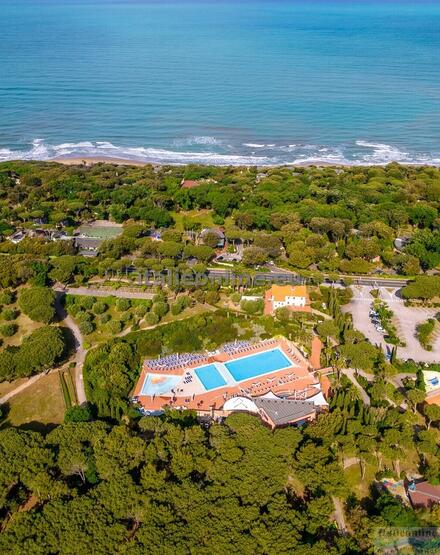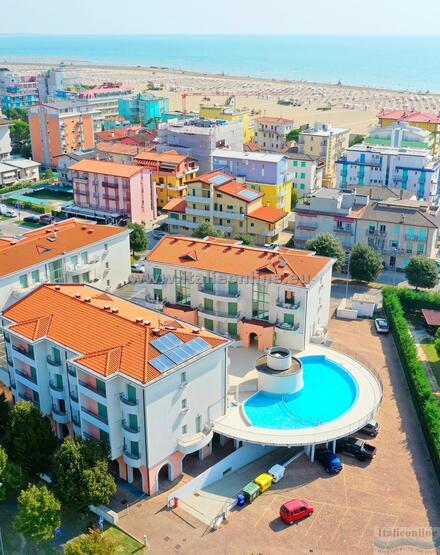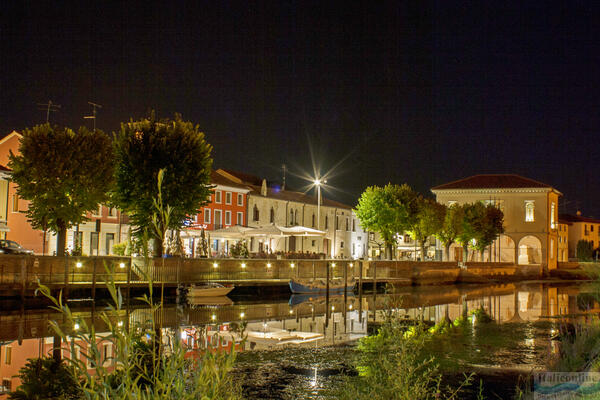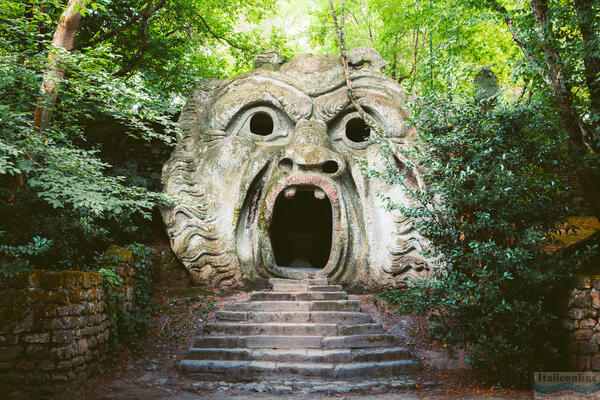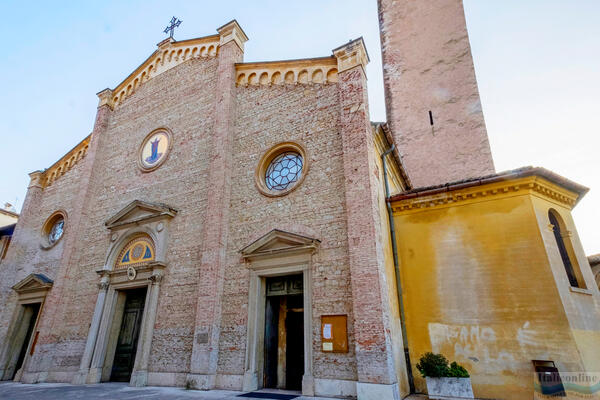
The history of Prosecco production dates back to the Roman era, when a grape called 'Pucino' was grown here. In the Middle Ages, the Glera variety, which is the basis of Prosecco today, began to be grown in the rural areas of Veneto. Wine from this variety became popular with the Venetian population and was consumed as a fresh and light drink.
However, the popularity of Prosecco as a sparkling wine only began to grow in the 19th century. At that time, the process of secondary fermentation in an autoclave was perfected. This technique preserves the wine's pleasant fruitiness and freshness.

In 1969, the 'Consorzio di Tutela della Denominazione di Origine Controllata Prosecco' (Consortium for the Protection of the Prosecco Denomination of Origin) was founded to protect and promote Prosecco as a specific regional product. In 2009, Prosecco was also granted Denominazione di Origine Controllata e Garantita (DOCG) status, which guarantees the high quality and origin of the wine.
Today, Prosecco is one of the best-selling and most popular sparkling wines in the world. It is known for its freshness, lightness, fruity notes and fine bubbles. Prosecco is made from the Glera variety, but can also be slightly complemented by other varieties such as Chardonnay, Pinot Blanc or Pinot Grigio.
Is there a pink Prosecco?
Pink Prosecco is a relatively new addition to the world of prosecco that has gained popularity in recent years. It wasn't until 2020 that pink prosecco was officially approved by the Italian regulatory authorities.
Pink prosecco is made from the same grape varieties as white prosecco, particularly the Glera variety. To achieve the pink colour, special techniques are used, such as mild maceration, where the grapes are left in contact with the must, or the addition of a small amount of red wine from the Pinot Noir variety.
Pink prosecco has a fresh and fruity taste with notes of red fruit and subtle bubbles. It is a great alternative for those who prefer wines with a pink hue and a light fruity sweetness.
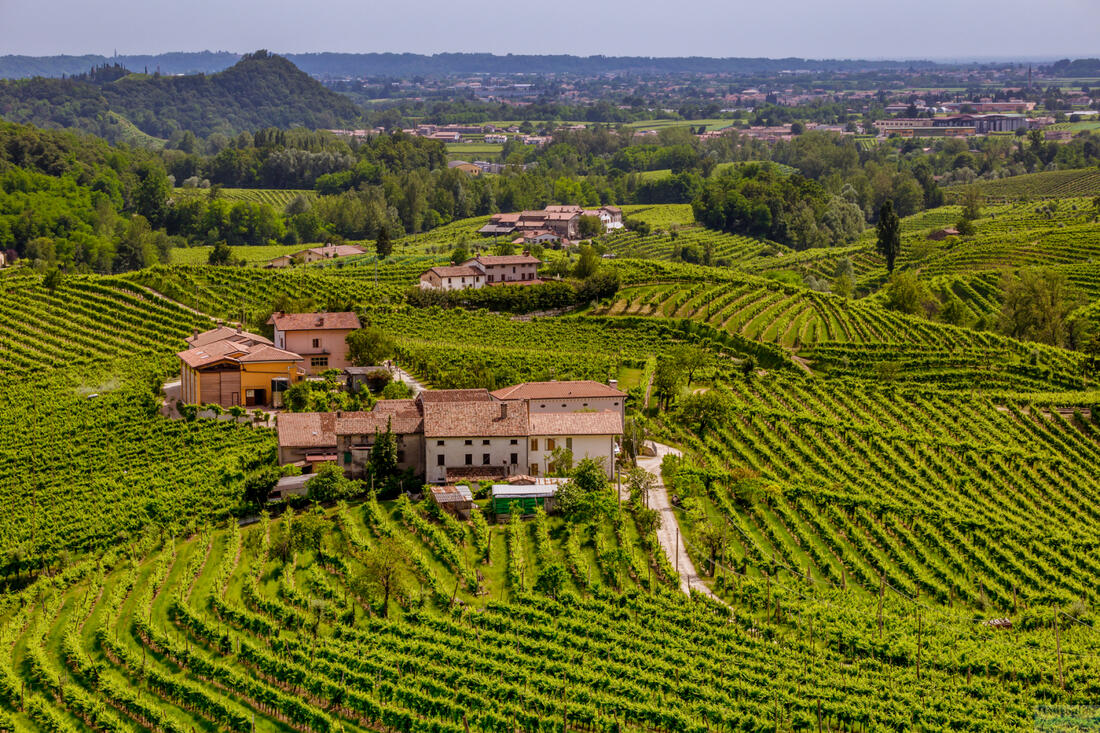
It should be noted that the name 'Prosecco' is protected by its origin and can only be used for wines produced in designated regions in Italy, in particular Veneto and Friuli Venezia Giulia. Thus, rosé prosecco must be produced and meet the established requirements of these regions.
The Veneto region, in particular the Conegliano and Valdobbiadene areas, are considered the main Prosecco producing areas. Here the grapes are grown on steep slopes and modern production and processing methods are used. The wine is then made from the grapes and undergoes a secondary fermentation in large stainless steel tanks to produce fine bubbles.
Prosecco is often served as an aperitif drink and is also a great accompaniment for celebrations and special occasions. It can be consumed on its own or used as a base for various cocktails such as Aperol spritz or Bellini.
The freshness, lightness and pleasant taste of Prosecco have made it one of the most popular aperitif wines in the world. Its long history, traditional production methods and regional character make it a unique and iconic representative of the Italian wine tradition.



